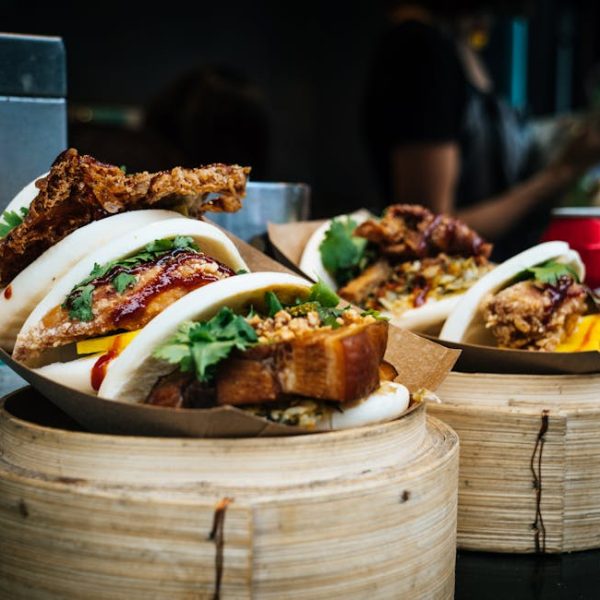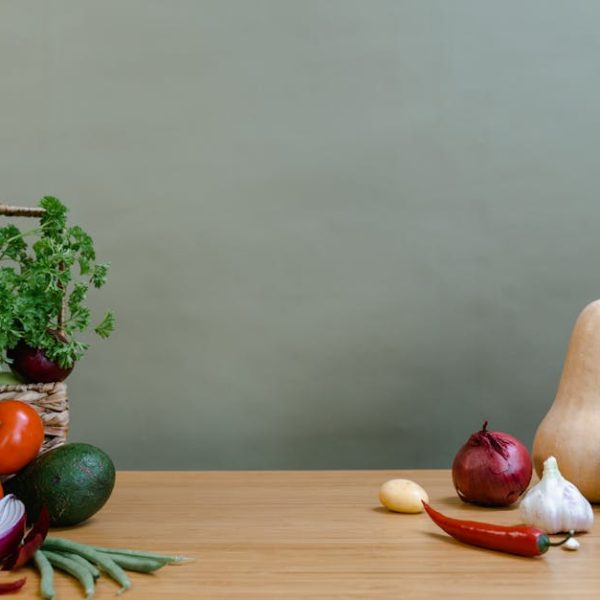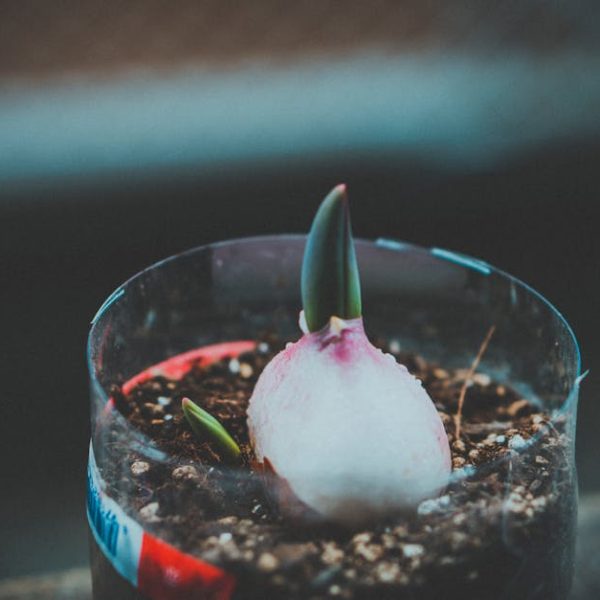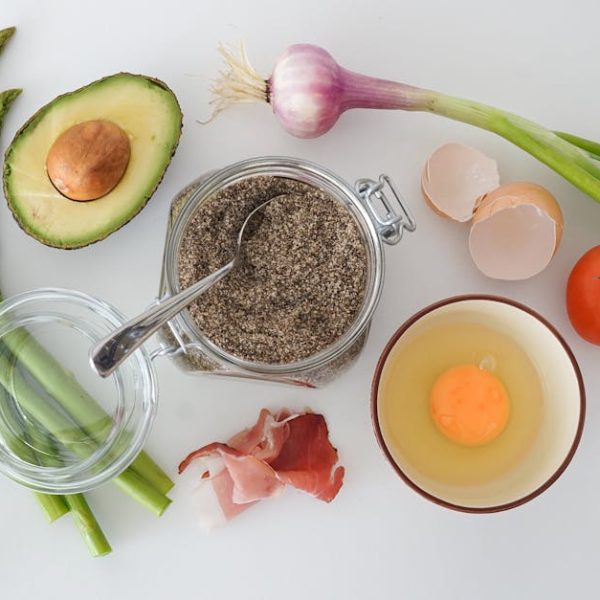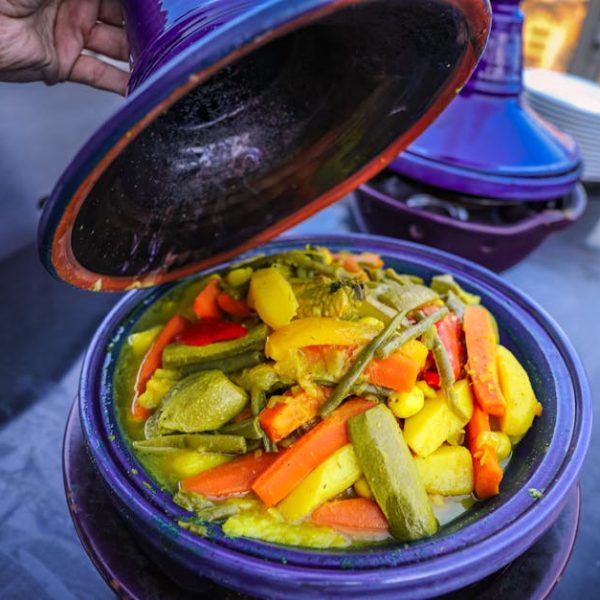The ghost pepper, or Bhut Jolokia, is an excruciatingly hot pepper, packed with an intimidating heat punch and unique flavor profile. Originating from India, this chili holds its ground at about 1,000,000 Scoville heat units, making it more than 400 times hotter than Tabasco sauce. What sets Bhut Jolokia apart though is its unique sweet and fruity flavor that complements its inferred heat.
Tip: When handling and cooking Bhut Jolokia, remember to wear gloves to protect your skin from its powerful heat. It’s best to roast and ground the pepper to release its unique fruity flavor. Ghost peppers are a great way to add depth to barbecue sauces, chilies, soups and even brownies, contributing a unique smoky, fruity undertone.
The chocolate ghost pepper, despite the deceptive name, won’t offer the sweet relief of cocoa. Its moniker is earned from its fascinating deep brown, almost chocolatey color. More potent than Bhut Jolokia, it ranges between 800,000 to 1,001,304 Scoville units. With an earthy, rich flavor, the ‘chocolate’ label also extends metaphorically to its taste.
Comparing Bhut Jolokia and Chocolate Ghost Pepper is an intriguing exercise. Notable differences emerge primarily in their color and heat level. Although the chocolate variant is slightly hotter, both retain a similarly fruity undertone.
Checklist For Growing Chocolate Ghost Pepper:
1. Choose a sunny location with well-drained soil.
2. Plant the seeds 1/2 inch deep in the soil.
3. Keep the soil moist but not waterlogged.
4. Wait for about 160 days for the peppers to mature.
Next up is the Yellow Ghost pepper, the sunshine of spice, known for its vibrant yellow hue and citrusy flavor profile. It adds a different twist to the traditional ghost pepper heat experience, ranking macho at about 700,000 – 800,000 Scoville units. This yellow variety can add color and heat to any dish, but works particularly well in seafood sauces and chicken dishes.
The bright and blazing Red Ghost pepper offers an average heat level of over 1,000,000 Scoville units, making it one of the hottest in the Ghost Pepper family. Its flavor profile is somewhat sweet yet savory.
Tip: Remember to deseed and devein the pepper before cooking, as most of the heat resides there. This will also contribute to a cleaner, more pronounced flavor. When contrasted with its counterparts, the Red Ghost Pepper stands out for its intense heat and prominent sweet flavor.
Stepping into the more unusual color spectrum, the White Ghost Pepper, which offers a pale but potent experience. Known for its white or off-yellow color, it is similar in heat level to the Red Ghost pepper, providing a distinctive smoky flavor that’s great in salsas, marinades, and dry rubs.
Best Practices for Harvesting White Ghost Pepper:
1. Let the White Ghost Pepper fully mature before you harvest it.
2. Always wear gloves. The heat can easily transfer from your hands to your eyes or mouth.
3. Use sharp scissors or pruning shears to cut the peppers off the plant to avoid damaging it.
Every member of the ghost pepper family introduced so far brings its own charm and unique characteristics. Next up are the Purple Ghost Pepper and Peach Ghost Pepper, with their rich roaring and sweetly scorching experiences.
Purple Ghost Pepper: Richly Roaring
The Purple Ghost Pepper is as majestic as it sounds. Its darkly coloured skin is an alluring trait that carries a sense of mystery and intrigue. Hitting at about 800,000 to 1,001,304 Scoville units, the Purple Ghost Pepper balances its potent heat with an underlying sweet and smoky flavor that’s remarkably distinct.
Pro Tip: If you find the heat of the Purple Ghost Pepper too overwhelming, try removing the inner veins and seeds, where much of the capsaicin resides. This should significantly reduce the heat while letting its unique flavor shine.
Cooking with Purple Ghost Pepper – A Checklist:
1. Wear a pair of gloves to handle the pepper.
2. Cut the pepper lengthwise.
3. Discard the seeds and inner membranes with a spoon or knife.
4. Rinse the pepper under cool running water to further reduce the heat.
5. Chop the pepper finely and use sparingly in your dishes.
Peach Ghost Pepper: Sweetly Scorching
The Peach Ghost Pepper is a beautifully vibrant and slightly sweet variant of the ghost pepper family. Its enchanting peachy hue hints at the unique flavor profile packed within. This scorching beauty registers between 700,000 and 800,000 Scoville units, but don’t let the sweet name fool you; its heat is no short of intense.
Pros and cons of using Peach Ghost Pepper in your cooking include:
- Pros: Unique and visually appealing color, subtly sweet flavor, and potent heat.
- Cons: The intense heat may overwhelm the palates of those not accustomed to such spiciness, it may be harder to find commercially due to its unique coloration.
Comparing the Peach Ghost Pepper to its ghost pepper siblings, it brings its own game with its uniquely colorful appearance and subtly sweet flavor. Its heat level is just as impressive, making it a provocative addition to spice-forward dishes.
In conclusion, all seven ghost pepper varieties pack a punch in their own unique ways. Whether it’s the original Bhut Jolokia, the darkly mysterious Chocolate Ghost Pepper, the sunshine-bright Yellow Ghost, the blazing Red Ghost, the pale but potent White Ghost, the richly roaring Purple Ghost, or the sweetly scorching Peach Ghost, each brings its own fiery heat and distinct flavor profile to the table. Your choice will depend on your heat tolerance and flavor preference. But remember, with any of these peppers, handle with care, and prepare to have your taste buds set ablaze!
Key Takeaway:
- Lover of spicy food or not, ghost peppers varieties provide a unique flavor and heat experience to food enthusiasts offering scope to experiment with a range of culinary dishes.
- Bhut Jolokia, the original Ghost Pepper from India, is distinctively sweet yet fiercely hot, packing a Scoville heat unit of about 1,000,000.
- Chocolate Ghost Peppers are more potent than Bhut Jolokia and have an earthy, rich flavor whereas Yellow Ghost Peppers, ranking at about 700,000 – 800,000 Scoville units, offer a citrusy flavor profile.
- Red and White Ghost Peppers are known for their extreme heat at over 1,000,000 Scoville units and prominent sweet flavor. White Pepper’s unique pale color adds visual appeal.
- Purple Ghost Peppers provide a balance of potent heat with a sweet and smoky flavor and Peach Ghost Peppers impress with their subtly sweet flavoring and exceptional heat.
- Each pepper variety can be grown at home following certain safety measures and adds depth and excitement to many meals.
Exploring ghost peppers offers a thrilling journey through the spectrum of intense heat and rich flavors. Their unique qualities can push culinary boundaries, opening up a world of fiery, flavor-packed possibilities. So why not step out of your comfort zone, and ignite your palate with the blazing taste of ghost peppers?
FAQs
Q: How can I reduce the heat of a ghost pepper in my dishes?
A: You can reduce the spiciness of a ghost pepper by removing the inner veins and seeds, where most of the capsaicin resides. This will drop the heat level significantly but allow the pepper’s distinct flavor to still shine through in your dish.
Q: Can I grow ghost peppers at home?
A: Yes, with the right amount of sunlight, well-drained soil, and regular watering, ghost peppers can be grown at home. However, remember to always handle them with gloves due to their intense heat.
Q: Are there any health benefits associated with consuming ghost peppers?
A: Yes, ghost peppers are packed with vitamins A and C, plus they can boost your metabolism and stimulate endorphin production, which can lead to a feeling of happiness or well-being.
Q: Can I use ghost peppers in sweet dishes?
A: Absolutely! Ghost peppers, especially the Bhut Jolokia, pair well with sweet dishes due to their fruity undertones. Try adding them to brownies or salsas for an unexpected kick.
Q: I cannot handle very spicy food. Can I still use ghost peppers in my cooking?
A: You can still enjoy the distinct flavors of ghost peppers by using them sparingly or by extracting the oils and using small amounts to flavor your food.
We encourage you to share this article and explore more posts on our website to deepen your knowledge about food and cooking trends.


